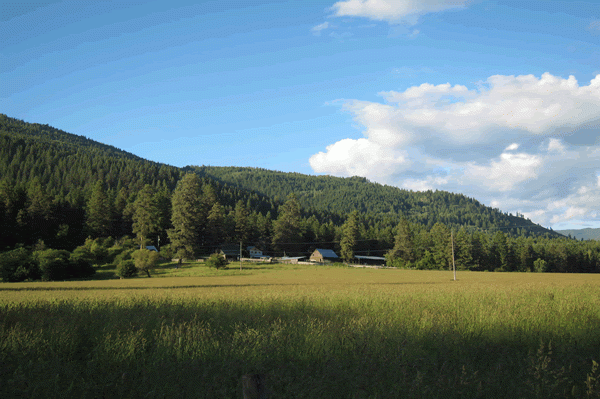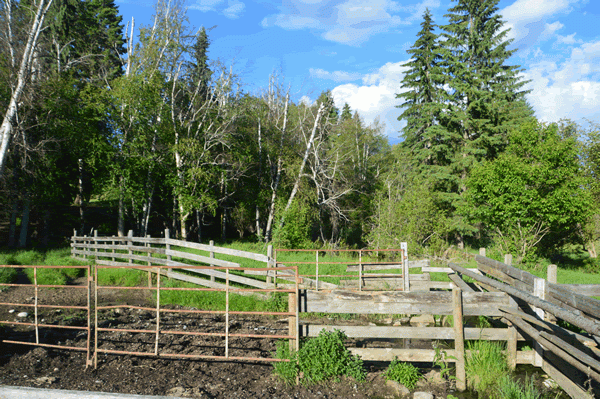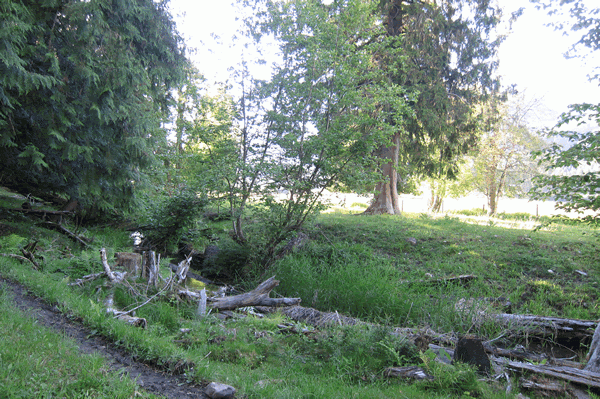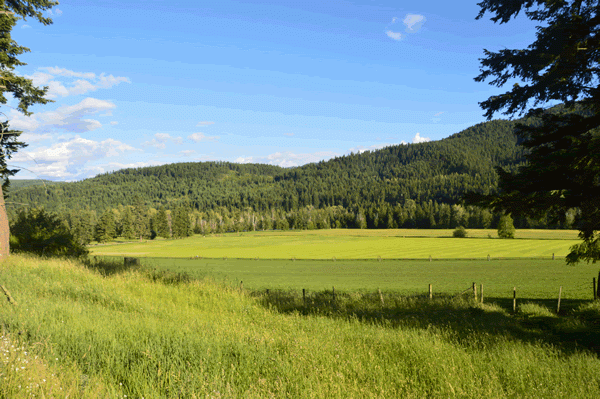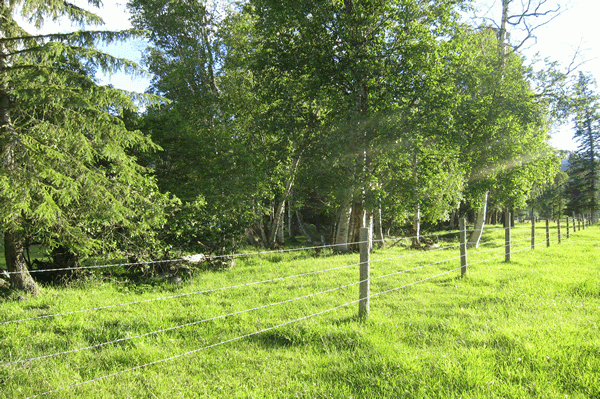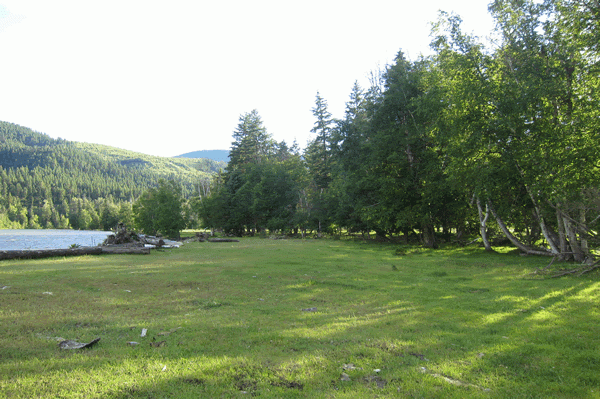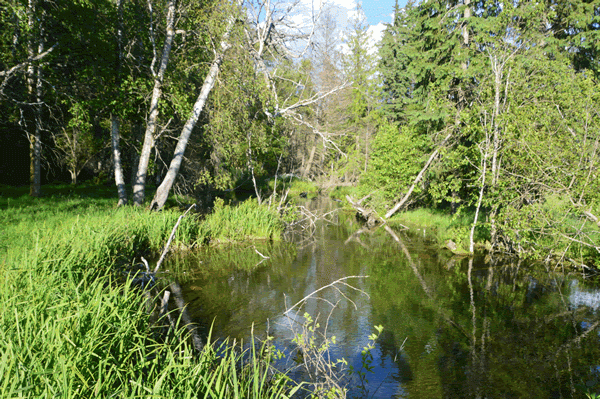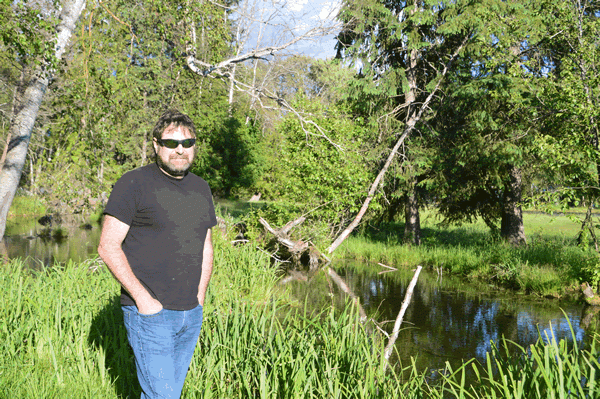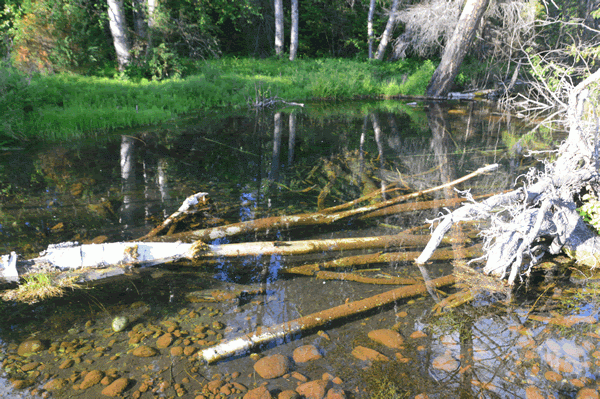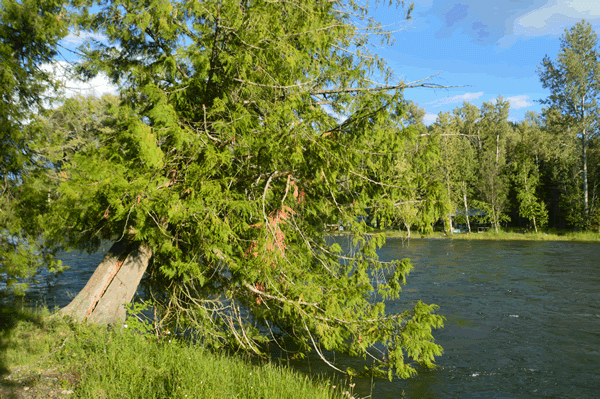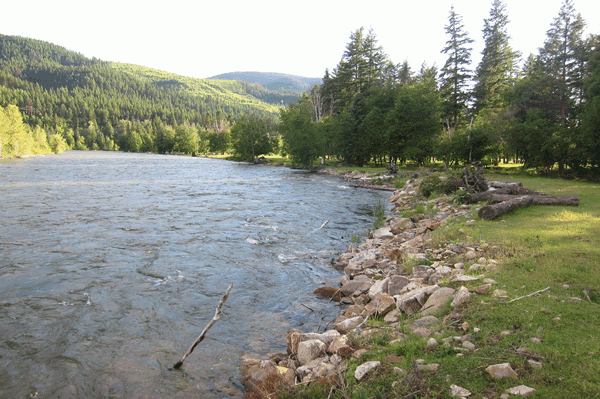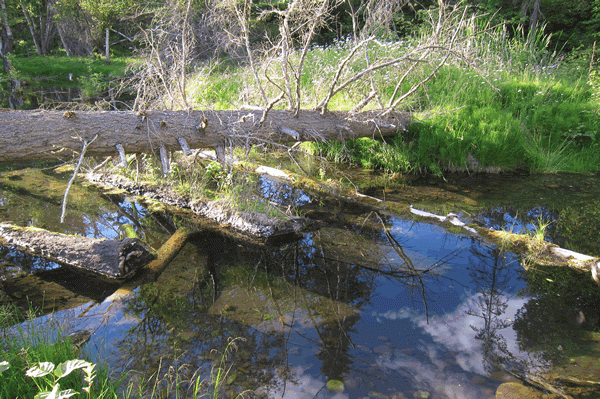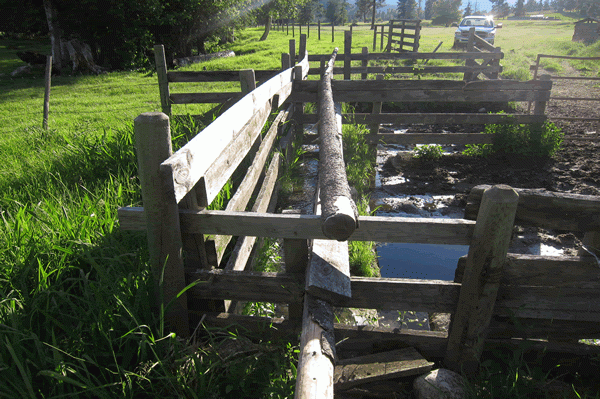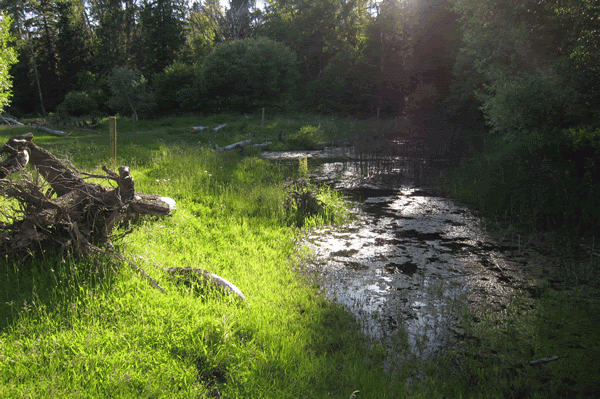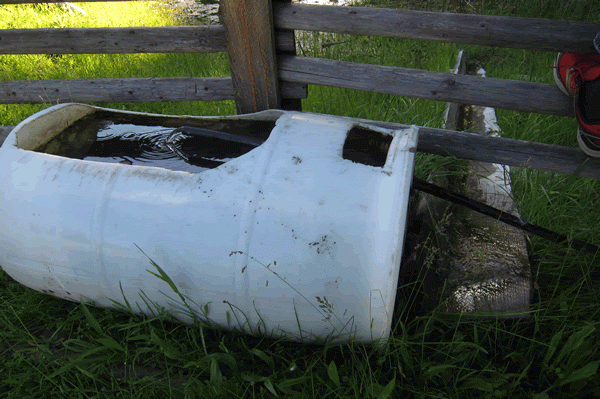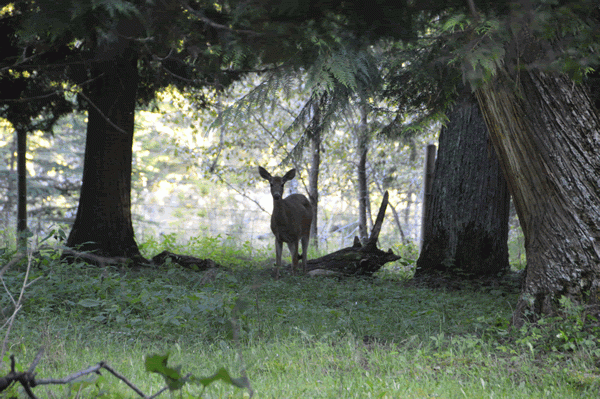Site Description
Name of the site: Silver Hills Farm
Address: Okanagan | Lumby
Size: 90 acres
Type of crops: Timber, Hay, Beef
Number of people employed: 6
Owned property for: 20 years (has been in the family for generations)
People like me don’t do stewardship practices because they want to win an award, but the reason is all basically economical. However, I acknowledge that having a smaller footprint to grow food protects our communities and makes them healthier and less vulnerable.
~Lee Hesketh
Stewardship Practices Guides
The following guides are relevant to this project site
- Riparian Areas in Settled Landscapes
- Guidance for Restoration Activities in Riparian Areas
- Drainage Maintenance in Agricultural Waterways
Click to download the table for stewardship practices at the Silver Hills Farm site.
Champion
Lee Hesketh is the owner / operator of Silver Hills Farm.
Motivation
According to Lee, he is a “lazy minimalist” in terms of land management. He tries to use the stewardship actions as a proper first time design so that he can let “mother nature” take care of things naturally. This makes his work way easier, because he has less work; nature works by itself and at the end you are going to capture the product.
He said people like him don’t do all this because they want to win an award, but the reason is all basically economical. Good examples are agroforestry, when he tries to maximize the return in grass biomass and weed control to gain healthy grass.
He said his motivation is also to leave a smaller footprint to grow food. He thinks that doing this type of work protects our communities and makes them healthier and less vulnerable.
Lee mentioned the “Green economy” as a motivation to apply the stewardship practices as way to perpetuate the existence of his family in this business. He said stewards are not yet paid for doing the right thing and providing ecological goods and services. Therefore, we should work to find out how these people can get paid for protecting ecological processes and biodiversity. He mentioned that initiatives like the Ecosystem Services Initiative, the Salmon Safe and the BC Cattlemen association are good ways of making this happen.
He is also motivated to figure out how to couple the ranchers’ work with the industry’s and governments. Through the BC Cattlemen’s program he tries to persuade people to do the good practices and empower them by organizing them into strong groups. These groups provide them with the resources to approach environmental institutions, take decisions, and accomplish what they need to. He also aims in persuading them to spread the word to their neighbours.
Lee told the story of when he graduated and his father wanted him to leave the ranch and go to the city because he didn’t want Lee to go through the hard times he has been before. He said he could do whatever he wanted, but decided to take over the ranch. He has come to realize that his parents are now very proud of what he does and this gives him motivation to manage the farm.
Lee also mentioned the fact that the Silver Hills Mountain is recognized for its immense diversity, with several important species such as Mule deer. His management options reflect the need for better coexistence with this diversity, which ultimately adds value to his ranch, once he develops ecotourism activities related to biodiversity.
Challenges
Lee cited the economic and technical challenges of practicing stewardship. He said “these things have to be paid for, and you also need time to do them. If you don’t have extra cash things don’t get done because they don’t get “fit in”.
Lee reinforced that there is a very strong link between the economics and sustainable agriculture. According to him, the stronger the economics is the better job we can do in terms of stewardship. He exemplified:
If you are busy trying to figure out how to make a bank payment you are not going to try to do stewardship just to make yourself feel better. Instead, you will be possibly cutting trees to pay the bills.
Among the challenges Lee rose during the interview, he mentioned the fact that besides the direct economic benefits yielded from the stewardship practices, people that do the right thing are not paid for providing ecosystem services. There should be harder work to try to capture the value of ecological goods and services. We have a hard time in measuring their value, and therefore we can’t provide Payment for Ecosystem Services.
There is a problem of incompatibility of the ranchers work with the industries and government. He told me that his parents taught him that before we have landowner rights, we have a lot of responsibility towards the environment. According to Lee this is something that a lot of the government policies don’t capture once they are not designed for generations of landowners who manage the same site. He exemplified his comment by comparing people that buy a house planning on living there just until retirement with landowners that pass the land from generation to generation. He said his great grandfather was here working in this same piece of land a long time ago .
He mentioned that besides the resources generated by the farms that are paid for and consumed by masses in the urban centres, governments can’t afford to pay for stewards in the countryside to take care of these resources.
Lee also commented on how people from the urban areas can’t see things as farmers do in terms of the work that has to be done in a landscape perspective. He exemplified with the case of wolf culling and how ranchers don’t want to do it but sometimes it’s necessary.
Regarding his work at the BC Cattlemen’s Association, a challenge that can be interpreted from Lee’s comments is the lack of organization of farmers in consistent groups and organizations. These could provide them with the resources to achieve things in terms of legal and environmental requirements.
Outcomes
The outcomes mentioned by Lee are mostly economical but he also lists some intangible values that can be yielded from the stewardship actions.
Lee’s main point in relation to outcomes from the application of stewardship practices is the possibility of adopting a “minimalist” management approach, which is cheaper and requires less effort. He thinks the stewardship practices represent a way to do things properly the first time and avoid future ecological problems that will have to be taken care of.
As economic outcomes he cites the control of weeds which is important to achieve healthy grass in pastures and hay fields. This helps raise beef productivity by the ranch. Lee considers agroforestry as an important tool to increase both overall habitat health and biomass productivity of timber and fibre grass.
He highlights the 700 meter-long irrigation ditch that is also a habitat channel. This ditch is important as an infiltration system that allows him to cultivate in an area that otherwise would be dry during the summer.
According to him, there are two perspectives about this practice: it is both an off stream ideal fish habitat channel; and an effective and cheap irrigation ditch.
The design of this ditch allows Lee to close it off when the water is high and open it again when the water goes back down and clears up. So even with high water pressure he gets clear water and this habitat channel remains a really productive fish habitat all year round. So, this intervention provides two outcomes: a) ideal irrigation water for when he needs it; and b) ideal fish habitat.
He also mentions the returns due to the higher biodiversity in the Silver Hills Mountain. As stewardship practices protect and attract biodiversity, there is a possibility of yielding from that by promoting ecotourism, through the “Biodiversity tours”, and “Sustainability tours”.
Stewardship Practices Menu
Learn more about Species at Risk
Stewardship Practices Case Studies
Fraser Valley & Lower Mainland Sites
Kootenay Sites
Okanagan Sites
Vancouver Island Sites
Contact Information
Find us on social media
LinkedIn: @StewardshipCentreBC YouTube: @stewardshipcentreforbc1047 Instagram: @StewardshipBC

